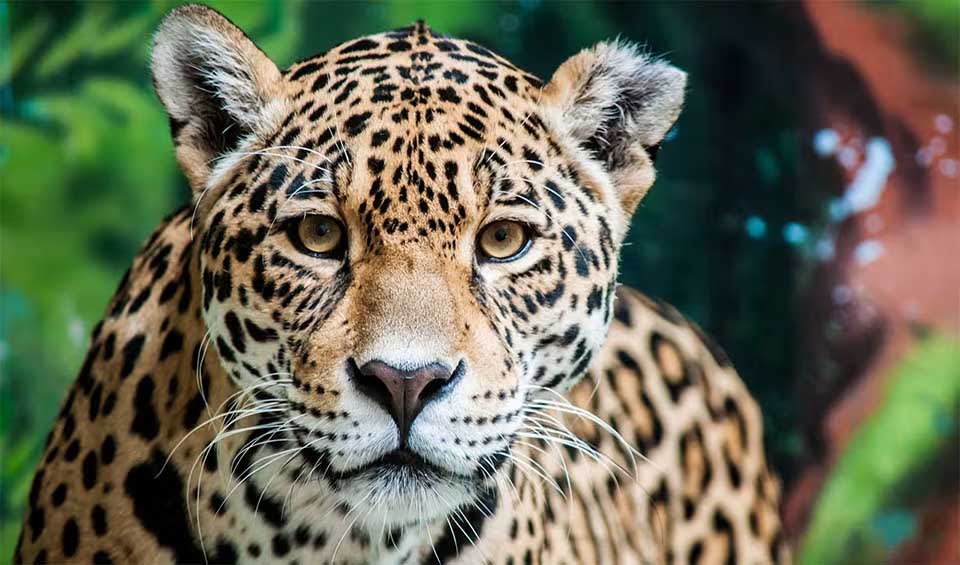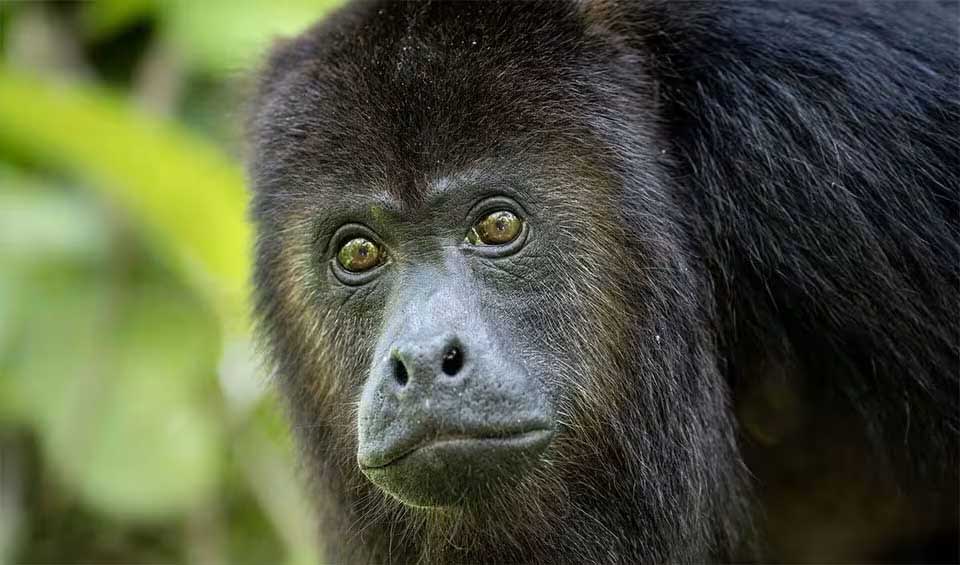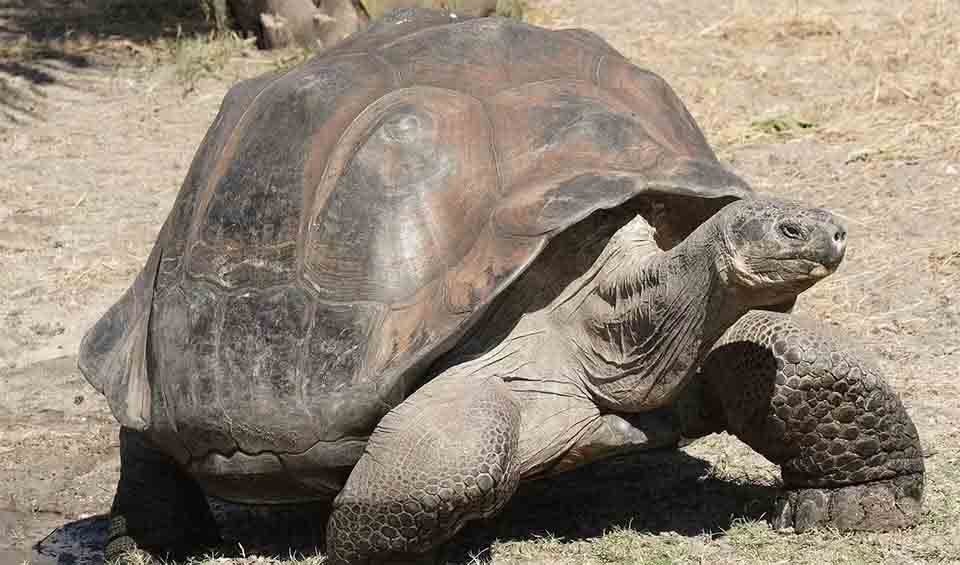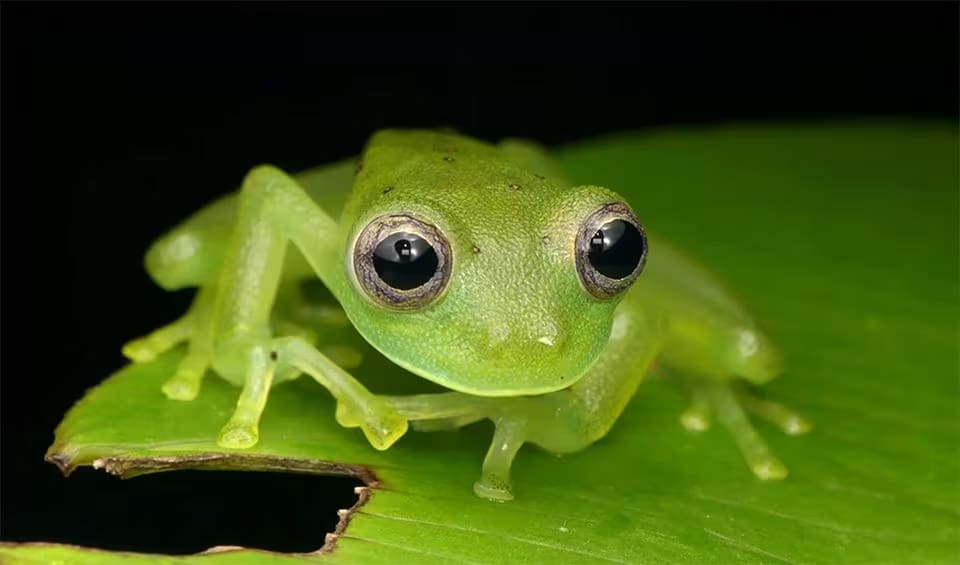Ecuador ranks among the world’s 17 megadiverse countries, a status attributable to its location in the neotropics, the presence of the Andes, and the effects of ocean currents along its shores. The country is segmented into four distinct natural geographical regions: the coast, the mountain range, the Amazon, and the Galapagos Islands. In terms of conservation, efforts are split between continental Ecuador and the Galapagos Islands, though they are unevenly distributed. Ecuador is home to 26 unique habitat types, each with specific flora tied to altitude and precipitation levels. This includes three of the world’s top ten biodiversity “hot spots”: the humid forests in the northwest, the outer mountain ranges, and the Amazon forests in the northeast.
Despite its globally acknowledged botanical diversity, much of Ecuador’s plant life remains poorly understood and under threat. The nation boasts the highest density of plant species per area in South America. Nevertheless, sites like the Galapagos National Park and the Marine Reserve, both UNESCO World Heritage Sites, face current risks. In response, the government has launched initiatives to bolster institutional processes in these areas.
Four pillars elaborated:
Ecuador’s National System of Protected Areas (SNAP) consists of 45 protected zones, featuring diverse ecosystems such as the Galapagos Islands, cloud forests, and páramos, which are vital for conserving biodiversity and cultural heritage. In 2023, Ecuador significantly expanded its protected territories by introducing two new areas: a marine protected area that spans the entire coastline and a terrestrial protected area in the Mejía canton, both crucial for preserving key habitats and species. By 2023, the country’s protected regions had grown to 74, covering more than 20% of its land area. These areas are organized into various categories including state, decentralized autonomous, community, and private. Land Management
Land Management
In Ecuador, the main factors driving biodiversity loss include the decline in species populations and their shrinking habitats. This loss is linked to unsustainable management practices, both subsistence and commercial, alongside hunting, fishing, wildlife trafficking, invasive species, environmental pollution, and climate change. Threats to Biodiversity
Threats to Biodiversity
Additionally, the oil extraction industry significantly impacts biodiversity, not only at the specific sites of operations but also through the broader effects of exploration activities. These include the construction of roads, noise pollution from platforms, and the leakage of oil and toxic waste into freshwater systems, which extend the environmental damage far beyond the immediate areas of wells and camps.
The Ecuadorian government has implemented several conservation initiatives across the country, notably transforming 96% of the Galapagos Islands’ land area into a national park and establishing it as a World Heritage Site and Biosphere Reserve, alongside the creation of the Galapagos Marine Reserve. These measures have contributed to the recovery of critical species like giant turtles and iguanas, and key ecosystems. Nationally, efforts such as the Reforestation and Conservation Programme for the Chongón-Colonche Mountain Range have successfully reduced deforestation rates significantly. Capacity and Governance
Capacity and Governance
Moreover, the Ministry of Environment is enhancing biodiversity protection through various educational programs for forest rangers and coastal communities, although more resources are needed to bolster public awareness initiatives. Internationally, the Yasuní Initiative seeks to combat climate change by forgoing oil extraction in the Yasuní National Park in exchange for international compensation. Other efforts include the Forest Partnership Program, which aims to preserve forest values, decrease deforestation, and improve living conditions for the impoverished.
While continental Ecuador lacks programs to manage invasive species, the Galapagos benefits from a strict inspection and quarantine system to prevent new species introductions. Additionally, projects are underway to bolster the socioeconomic assessment of the High Andean wetlands, focusing on training local environmental stakeholders.
Ecuador acknowledges the necessity of updating its National Biodiversity Strategy and Action Plan (NBSAP) for the upcoming decade to tackle new and emerging challenges, threats, and trends. The National Development Plan outlines various initiatives focused on forest protection and recovery, including the National Decentralized Forest Control System, the Reforestation and Conservation Programme for the Chongón-Colonche Mountain Range, the Green Watch Program, the National Forestry Program, the National Plan for Afforestation and Reforestation, and the enhancement of an outsourced system for forest control. Future Trends
Future Trends
Biodiversity
The Amazon rainforest in eastern Ecuador is a biodiversity hotspot, home to countless species of plants, animals, and insects. This region hosts iconic wildlife such as jaguars, giant river otters, pink river dolphins, and an incredible variety of bird species like the harpy eagle and macaws. The Yasuni National Park, part of the Amazon basin, is considered one of the most biodiverse places on Earth, with a high concentration of endemic species and unparalleled ecological richness.The Andes mountains, running through the center of Ecuador, provide a range of high-altitude habitats. These include cloud forests and páramo grasslands, home to unique species such as the Andean condor, spectacled bear, and various hummingbirds and orchids. The diverse microclimates created by the varying altitudes and landscapes support a rich array of plant and animal life, contributing to the country’s overall biodiversity.
Ecuador’s Galápagos Islands, located about 1,000 km (621 miles) off the coast, are world-famous for their unique species and significant role in the development of Charles Darwin’s theory of evolution. The islands host a variety of endemic species, including the Galápagos tortoise, marine iguana, and several species of finches. The marine environment around the islands is equally rich, supporting species such as hammerhead sharks, sea lions, and a wide array of fish and invertebrates.
In the table below are the number of known species in several main groups, how many of these species are Threatened with extinction, and how many of them are Endemic (unique to Ecuador only):
| Species (World rank) |
Threatened | % Threatened | Endemic | % Endemic | |
|---|---|---|---|---|---|
| Mammals | 445 (#11) | 47 | 10.6% | 60 | 13.5% |
| Birds | 1,624 (#5) | 78 | 4.8% | 44 | 2.7% |
| Reptiles | 498 (#15) | 61 | 12.2% | 146 | 29.3% |
| Amphibians | 689 (#3) | 292 | 42.4% | 313 | 45.4% |
| Fishes | 1,115 (#35) | 70 | 6.3% | 29 | 2.6% |
| Plants | 25,000 (#8) | 1,859 | 7.4% | 4,500 | 18.0% |
mammals
Jaguar
This solitary cat is America’s largest feline and the world’s third, after the tiger and the lion
Spectacled bear
The last surviving bear species of South America, native to the Andes mountains
Mantled howler
One of the loudest monkeys in the world!
birds
Yellow-throated toucan
Formerly known as Yellow fronted toucan; formerly-formerly known as Chestnut-mandibled toucan
Red-headed barbet
One of the prime examples of sexual dimorphism
Blue-footed booby
When choosing a mate, foot color is of primary importance as a reliable indicator of health, immunity, and age
reptiles
Galapagos tortoise
An iconic animal from the Galápagos and the largest tortoise on earth
Green anaconda
When most people say anaconda, they mean the green anaconda, the largest of all snakes!
Marine iguana
Despite looking like miniature dragons, marine iguanas eat grass
amphibians
Cane toad
When a big one meets a smaller one, it’s lunch!
Siren glassfrog
This frog is also known to cannibalize its own tadpoles
American bullfrog
Introduced to many regions where it is now considered an invasive species
National Animals
Andean condor
The largest and heaviest raptor in the world

















